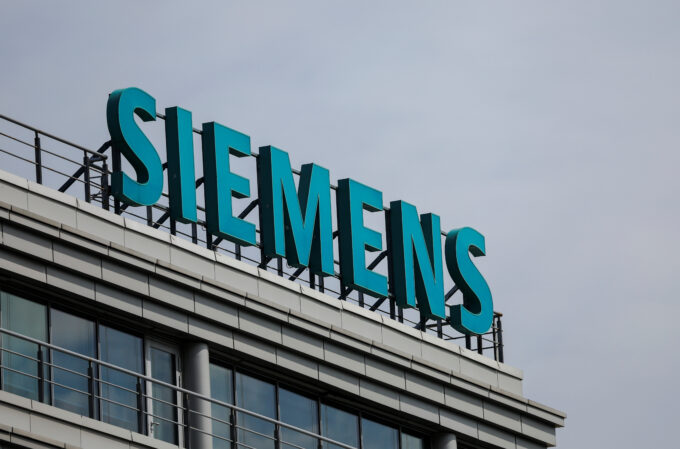“Give me a problem and I’ll get excited about finding solutions for it,” explains Wiese, who previously spent three years as Chief Human Resources Officer at DSM, the Dutch ingredients and bioscience company, and five years in a senior people-oriented role at Mars, the chocolate and pet care group. “I think, therefore, that I’ve never in my life felt powerless. I’ve always found an angle for thinking where I can create impact, and where I can use my capabilities to create progress.”
Sustainability progress
With industry accounting for about 30% of carbon emissions, and the built environment responsible for about 40%, progress on the sustainability front is a big focus for most businesses – but has particular significance for Siemens given the potential contribution of its enabling technology in both. This is where Siemens can bring to bear the beneficial effects of digitalization, electrification, the way that power grids are run, and decarbonized mobility, Wiese says.
Yet, with the world having largely moved on from trying to convince people and industries to do this, the big challenge is how these targets are actually achieved. This is where Wiese’s role comes in.
“I think we’ve all realized that this is a bit more complicated than maybe we had hoped, and therefore it does require somebody to take on the role of the conductor, the orchestrator across the organization, the facilitator, somebody who sets the framework – or helps to set the framework – and somebody who holds the mirror up to find the right level of ambition for what you can credibly and realistically deliver upon,” Wiese explains.
“And so, therefore, with my people hat and my sustainability hat, I actually stand for topics that run across the organization because I am not single-handedly responsible for delivering – or being able to deliver – the people experience at Siemens,” she adds.
Six degrees of sustainability
Technology plays a key role in driving Siemens towards its sustainability goals by using its own technologies in its own operations as part of a so-called DEGREE framework – a 360-degree view of ESG priorities that take in six “fields of action”: decarbonization,ethics,governance,resource efficiency,equity, andemployability.
“We felt it was time to put a framework out there at an ambitious level that people can also hang their hat on, and that gives some orientation. We wanted to signal that we really want to play in all these dimensions and to give ourselves ambitious targets in each of these areas,” Wiese explains.

 Podcast available
Podcast available



 Audio available
Audio available